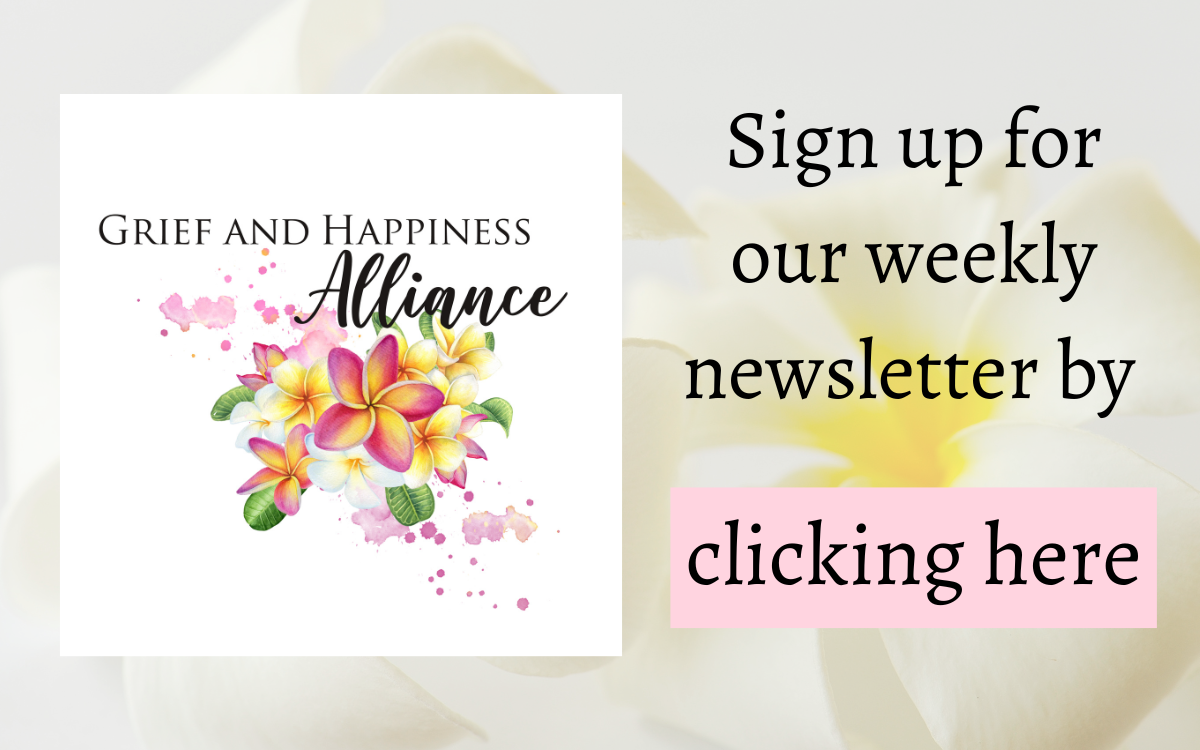
I just received an email telling me that a friend I dearly love has “graduated from earth school.” She had been dealing with health issues for a while. I knew they were serious, and I had been praying for her. I still feel shocked.
I met Rev. Dr. Joanna Thompson Gabriel when she found my online presence and joined my Writing Through Grief with Emily Facebook group. I post a writing prompt in that group every Sunday, and she took this seriously. She wrote beautiful long responses that she shared with the group. Her writing was always deep and inspiring. I even created a file on my computer where I could treasure her words and read them again when I am inspired to.
In September of 2020, we both were asked to present in a virtual women’s conference hosted by Unity Church in Lynnwood, Washington. We were surprised to see each other, and once we connected there, our relationship grew deeper. I was inspired to contact her many times, and each time she told me how important my support was to her and that I had reached her at a time she was most appreciative.
When I started my Writing Together Through Grief on Zoom group, she was one of the first to join us. In that group, every Saturday we write on a prompt that I share with the group, then we talk about what we wrote. She brought life to that group and inspired us all even surprising us sometimes
When I was inspired to create The Grief and Happiness Alliance, I set up a pilot group to try the program out and offer suggestions to make it a powerful program where people dealing with grief and loss could come together virtually every week to write about what they were going through, talk with peers in the group to support each other, and to learn a new happiness practice to help them discover how they could be happy and grieve at the same time. She was the first to agree to participate in the pilot.
Last Sunday was the last meeting of the pilot. The participants shared their support of what we created and were so enthused saying how they knew the program would provide so much comfort with those who would join us. Then spontaneously at the end of the meeting, Rev. Joanna spoke a most beautiful, powerful prayer proclaiming that the Alliance was already successful bringing tears to me.
Now as I have just learned of her transition, I have tears again thinking about how close we had become and how grateful I am for her love and support. And I am grateful for the opportunity to know her and be there for her as she was for me. She will always be a guardian angel for me.
My lesson here is to always reach out when you are inspired to. Don’t wait. Love and share all you can every opportunity you get.
I miss you already Rev. Joanna—
You can order Loving and Living Your Way Through Grief by clicking here at Amazon.
I would be happy to put you on the reminder list for or Writing Together Through Grief occurring on Saturdays each week by sending an email to me to emily@lovingandlivingyourwaythroughgrief.com and giving me your email address.
Join my Facebook group here.





